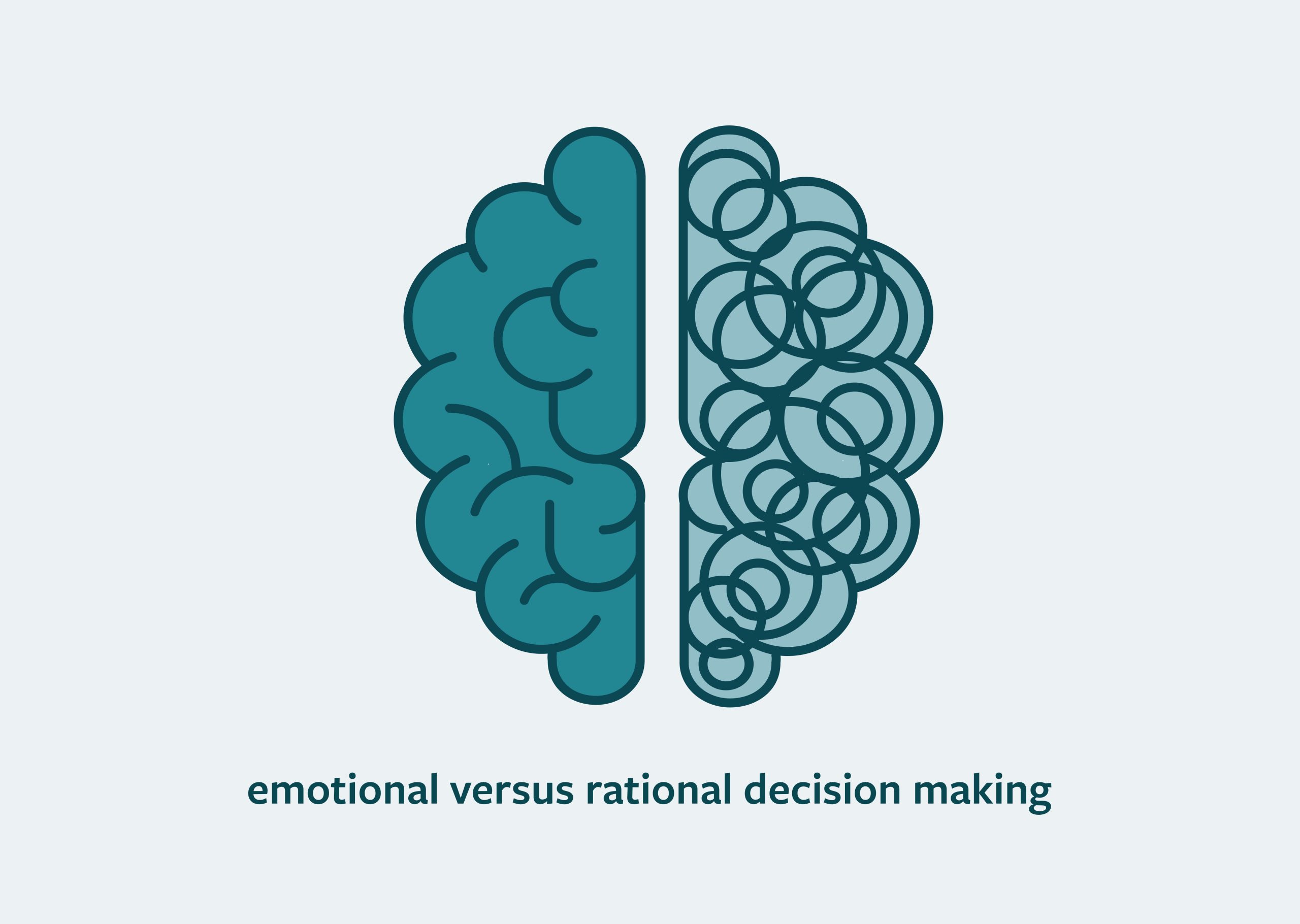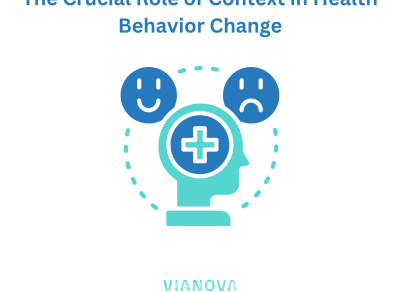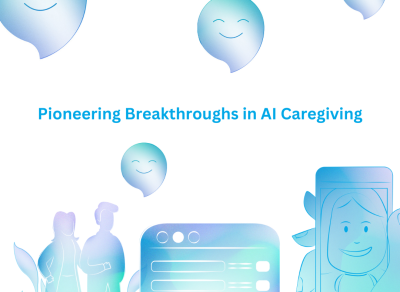
Bridging the Empathy Gap: Nudging Towards Healthy Decisions in Healthcare
In the realm of healthcare, making healthy decisions and developing sustainable habits is crucial for maintaining overall well-being. However, human behavior is often influenced by emotional states, leading to what is known as the empathy gap or emotion gap. This article explores the concept of the empathy gap in the context of behavioral economics and its impact on healthcare decision-making. We will delve into the distinction between hot and cold mental states and discuss strategies rooted in behavioral economics that can help bridge the empathy gap and encourage healthier choices.
Understanding the Empathy Gap:
The empathy gap refers to the tendency of individuals to underestimate the influence of emotional states on their behaviors and decision-making processes. People often assume that their current emotional state will persist indefinitely or that they will remain rational and logical even in the face of intense emotions like anger, fear, or anxiety. However, research in behavioral economics reveals that individuals are more susceptible to making impulsive and emotionally driven choices when in hot mental states, whereas cold mental states tend to promote rational decision-making.
Hot Mental States and Decision Making:
Hot mental states are characterized by intense emotions such as hunger, sexual desire, fear, or anger. In these states, individuals are more likely to prioritize immediate gratification over long-term well-being. For instance, someone may opt for unhealthy fast food when hungry rather than making a healthier choice. The empathy gap arises as individuals fail to consider how their emotional state can cloud their judgment and lead to suboptimal decisions regarding their health.
Cold Mental States and Decision Making:
In contrast to hot mental states, cold mental states are characterized by a diminished influence of emotions on decision-making processes. Individuals in cold mental states exhibit greater rationality and logic, allowing them to consider long-term consequences and make decisions aligned with their overall well-being. It is during these states that individuals may be more receptive to nudges and interventions that promote healthy behaviors.
Bridging the Empathy Gap in Healthcare:
Behavioral economics offers valuable insights into bridging the empathy gap and encouraging healthier decisions in healthcare. By understanding the influence of hot and cold mental states on decision-making, healthcare providers and policymakers can design interventions that leverage behavioral insights to promote positive behavior change. Here are a few strategies:
- Nudges: Nudges are gentle prompts or interventions that guide individuals towards making healthier choices without restricting their freedom of choice. For example, placing healthier food options at eye level in cafeterias or supermarkets can nudge individuals towards selecting nutritious alternatives.
- Framing: The way information is presented can significantly impact decision-making. Framing health-related messages in a positive light, emphasizing the benefits of healthy behaviors, and highlighting potential losses associated with unhealthy choices can help individuals make more informed decisions.
- Social Norms: People are often influenced by what others around them are doing. Highlighting healthy behaviors as social norms through public campaigns or community initiatives can encourage individuals to adopt similar habits.
- Default Options: Modifying default options can influence decision-making. For instance, setting healthy options as default choices in digital platforms or healthcare settings can increase the likelihood of individuals selecting them.
The empathy gap poses a significant challenge to making healthy decisions and forming sustainable habits in healthcare. By recognizing the impact of hot and cold mental states on decision-making, we can implement strategies rooted in behavioral economics to bridge this gap. Nudges, framing, leveraging social norms, and adjusting default options are just a few examples of interventions that can empower individuals to make healthier choices and improve their overall well-being. By embracing behavioral economics in healthcare, we can create environments that support and facilitate healthy habits, leading to better outcomes for individuals and communities alike.



FEEL FREE TO DROP US A LINE.